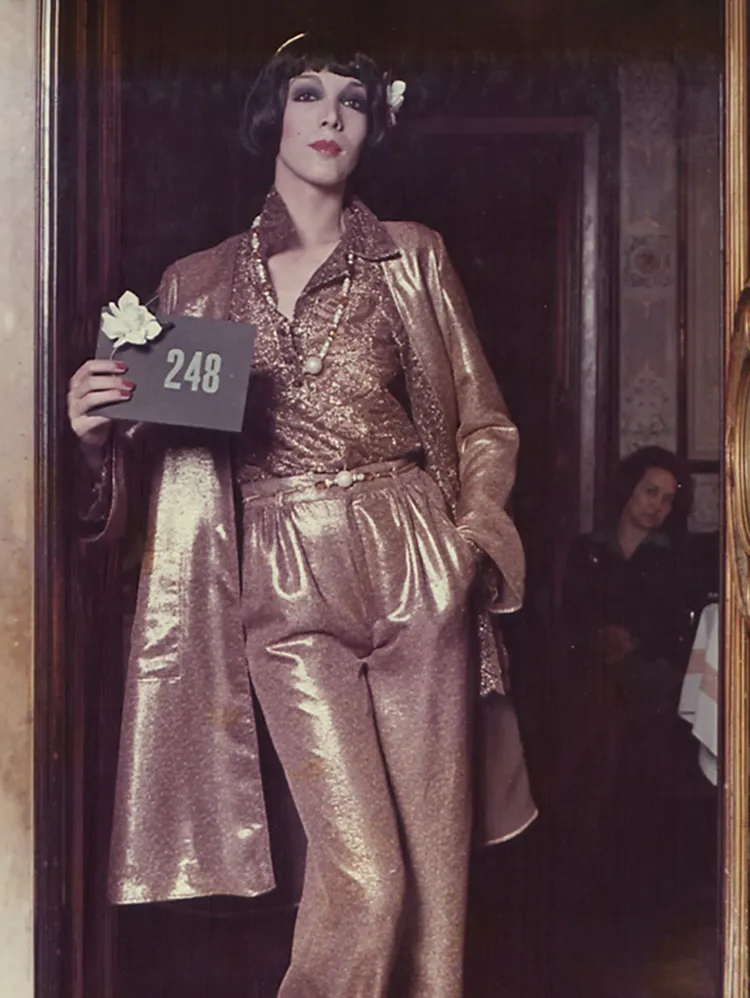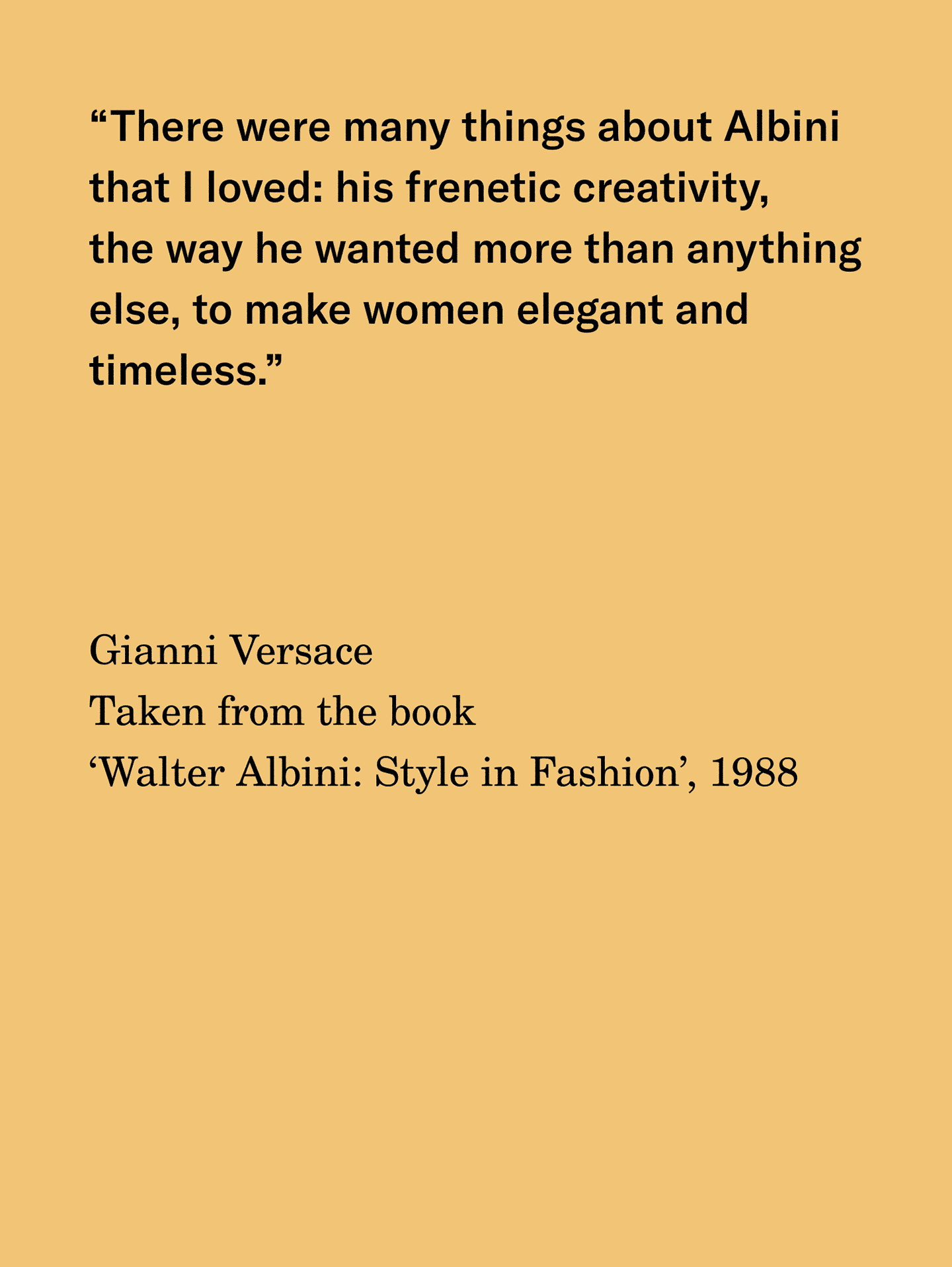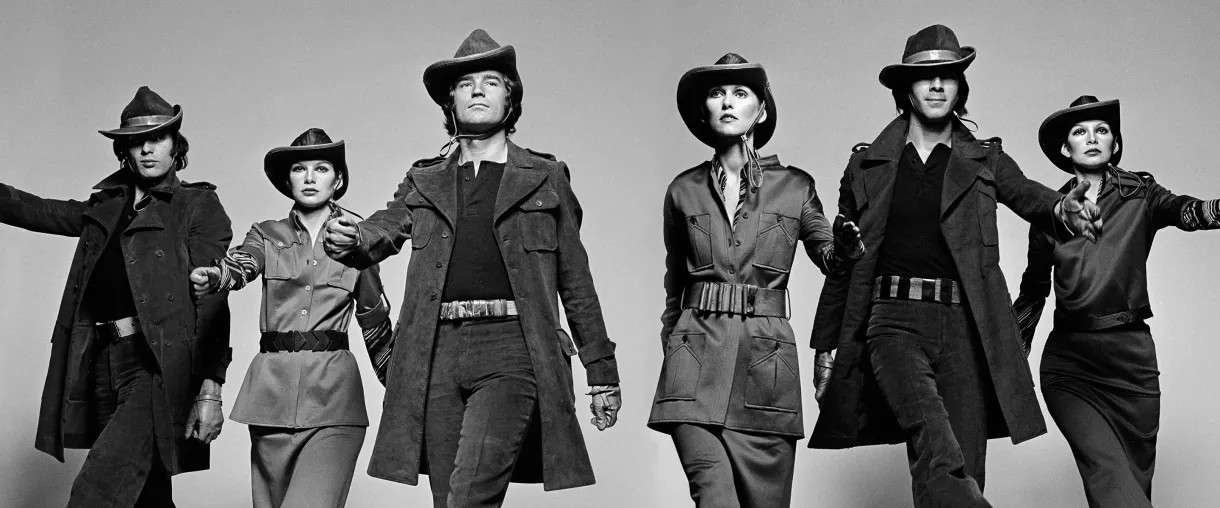
Impact
Walter Albini was arguably Italy’s first “superstar” fashion designer. His innovative thinking led to the development of the Italian fashion system as we know it. His creative legacy continues to inspire some of the world’s most famous designers and creatives today.
Long before the term was coined, Albini was a Creative Director, reinventing the conventional system that was in place at the time, and becoming deeply involved in all aspects of the process. He not only designed, but oversaw aspects of production, the creation of promotional art and illustrations, as well as how and where fashion shows took place.
He also pioneered a new form of brand identity, with the designer’s name placed on the label and a sense of prestige given to the artistry. This invited designers to step further into the spotlight, to be appreciated for their work, and to become more recognised for their creations.
01
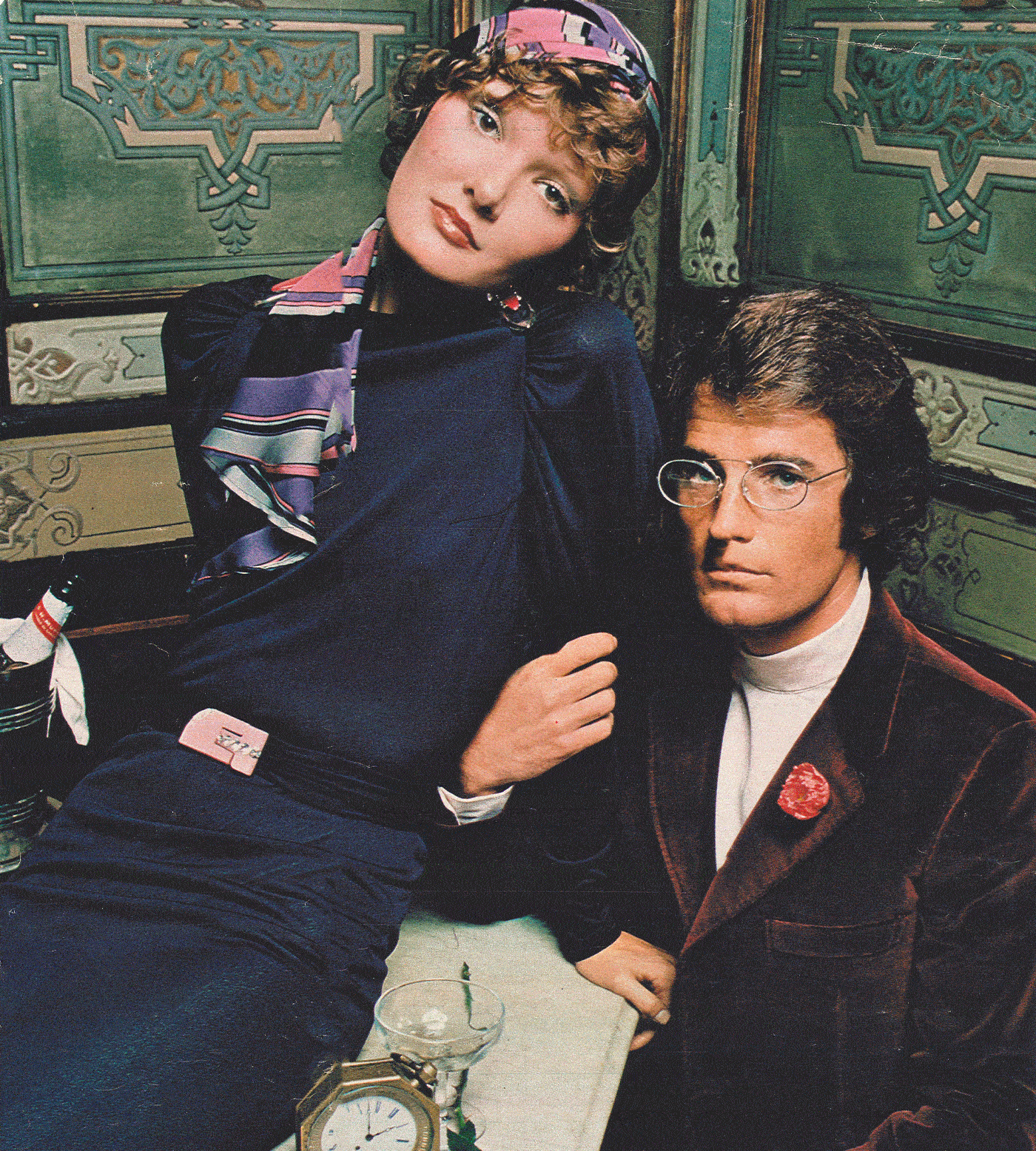
Albini was the first to create, as a single designer, a unified collection for five independent fashion houses.
02
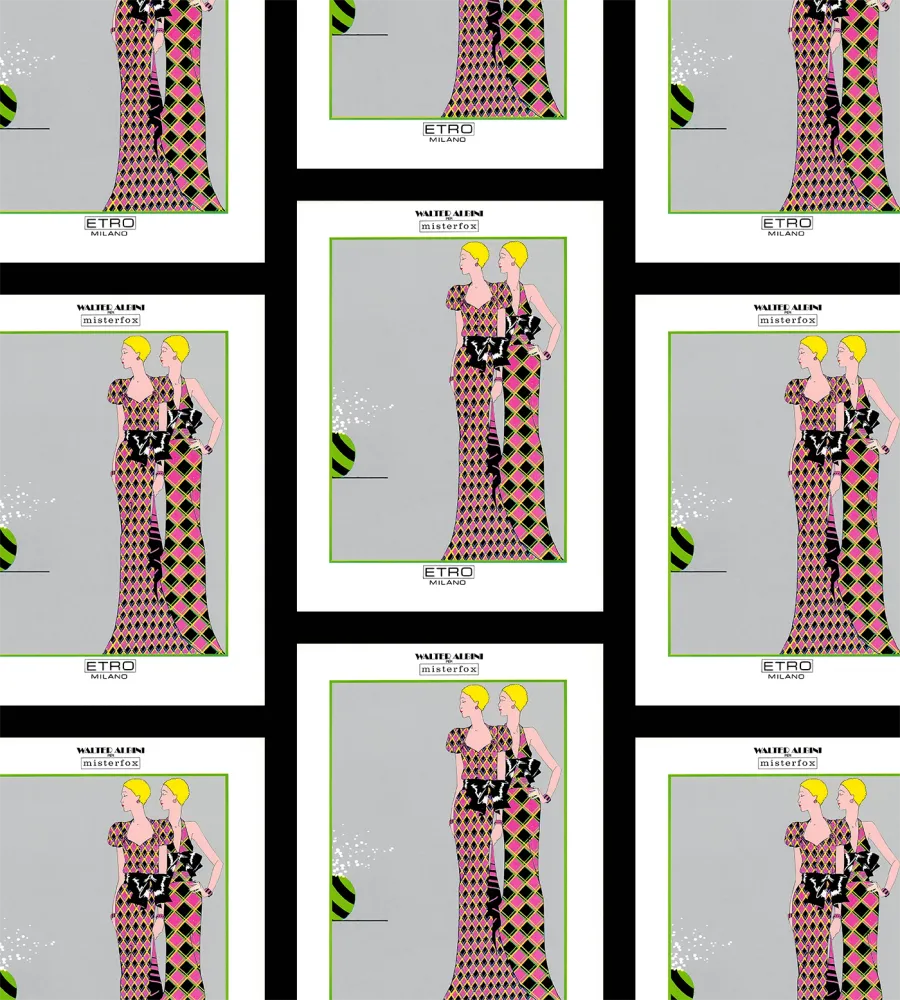
Albini ushered in a new era for production methods and techniques, in particular the need for a different relationship between design and production. For example, he collaborated with Etro on printed fabrics.
03
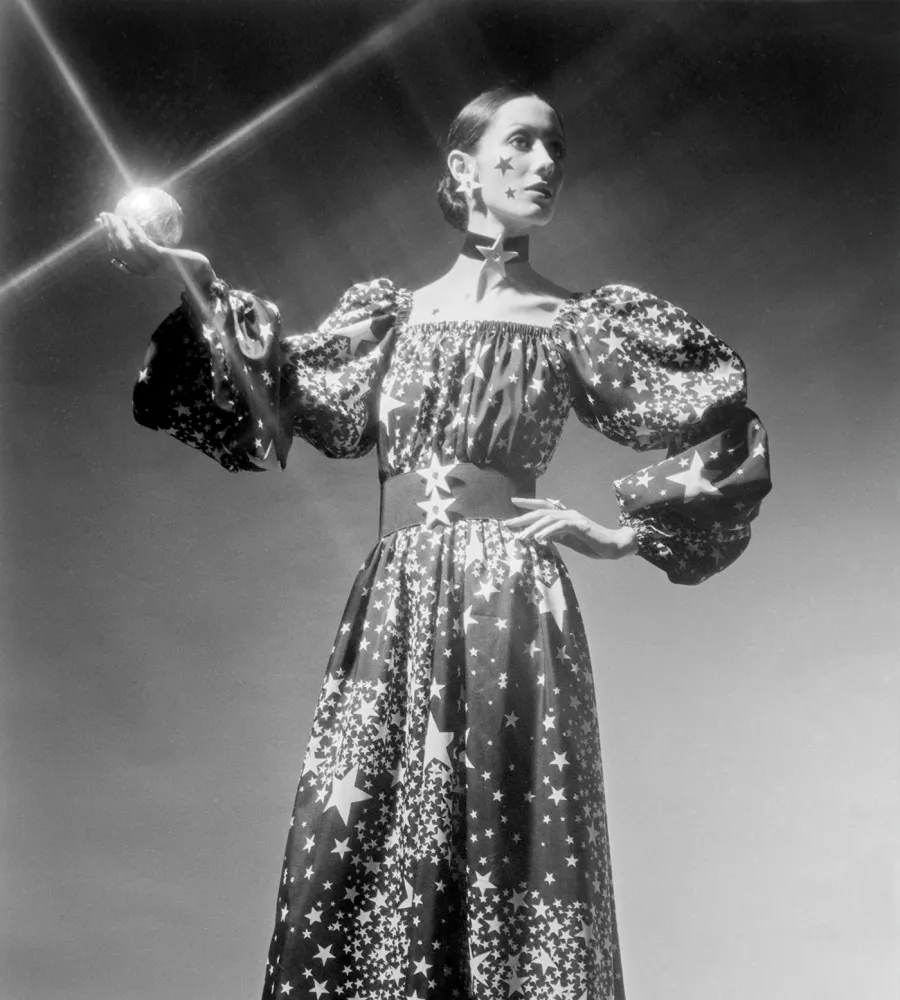
A parallel research into cuts and fabrics was one of the constant features of Albini’s work, with this type of collaboration becoming a staple with other designers later on.
04

Albini started building a movement which will later be called “Made in Italy,” challenging France’s dominance in haute couture. The old “couturier” became the new “fashion designer,” giving birth to what we know as ready to wear.
05

Albini invented a new way of advertising, using only drawings.
06
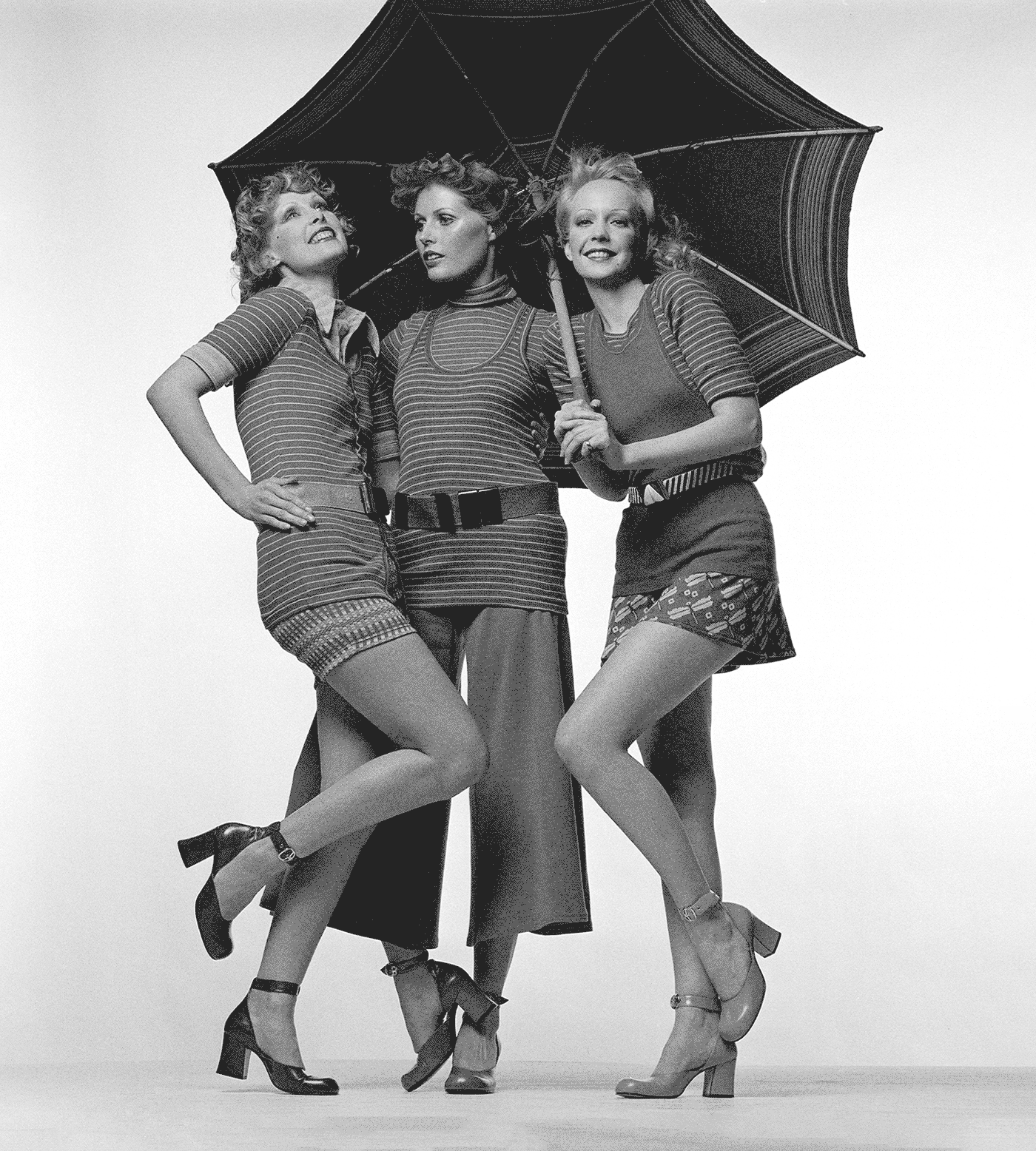
Albini was the first to adopt the idea of creating a main line with a strong and leading creative vision, but with restricted sales. It was supported by a secondary collection, destined for the wider market.
07
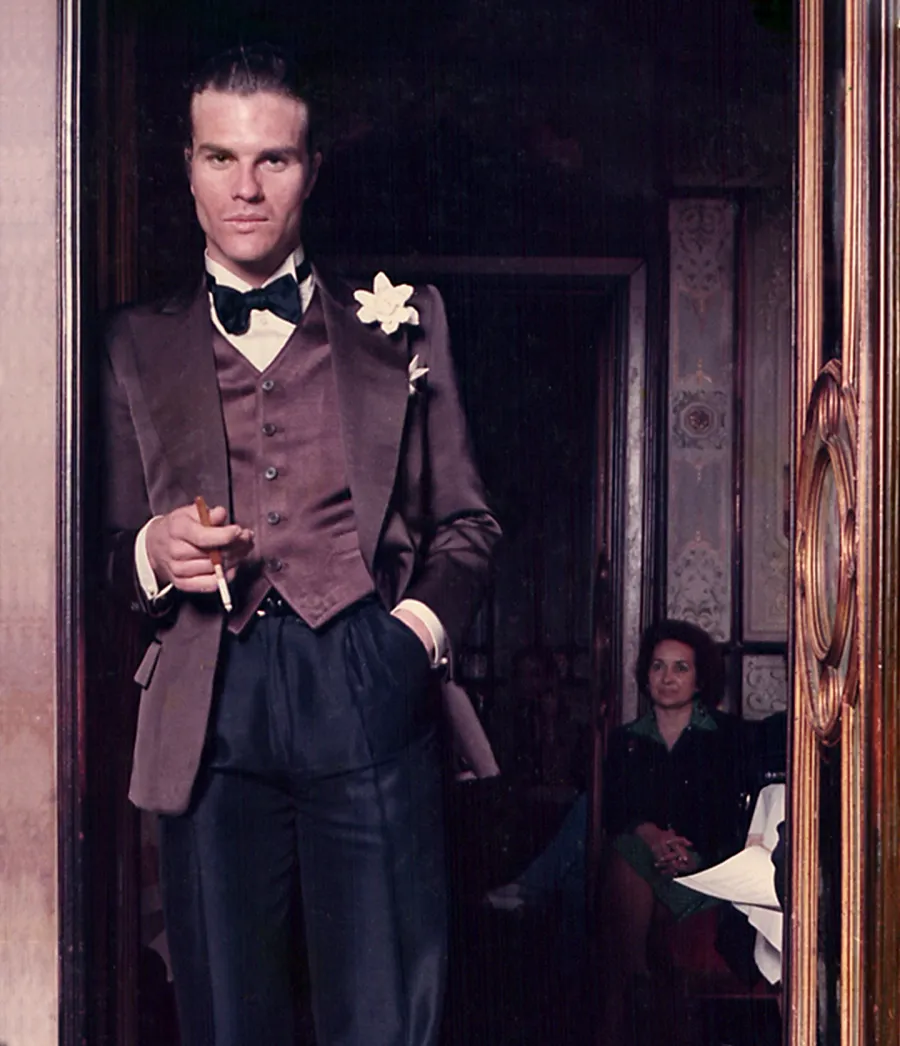
He presented a stand-alone menswear collection, separated from womenswear, once again anticipating the trends of the time.
08

Albini often underlined the concept of gender empowerment, for example by presenting his collections on both female and male models.
09

For the following AW 1976/77 collection, he presented a series of portraits of himself, as a model wearing the garments from the collection, challenging the format of traditional fashion shows.
10
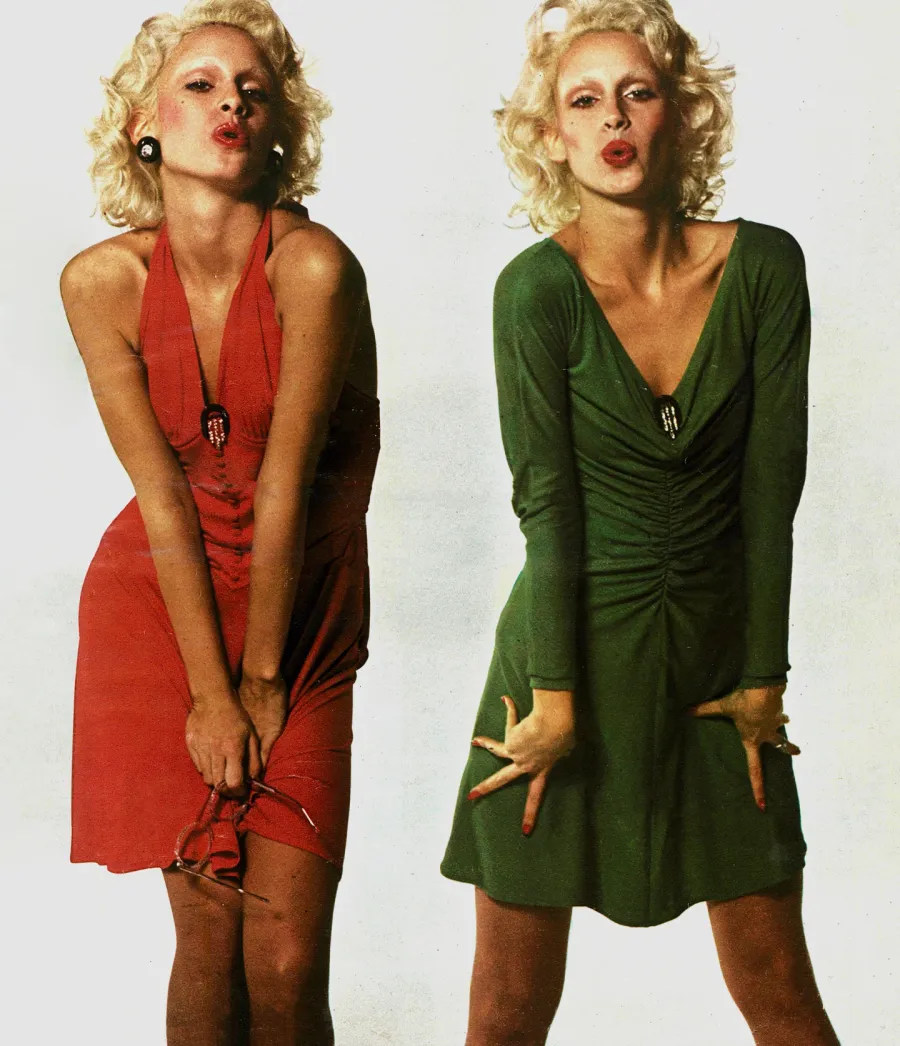
There was no self censorship in the work of Albini and in the way he presented his collections. One of the most relevant topics to his work were sex and gender.
